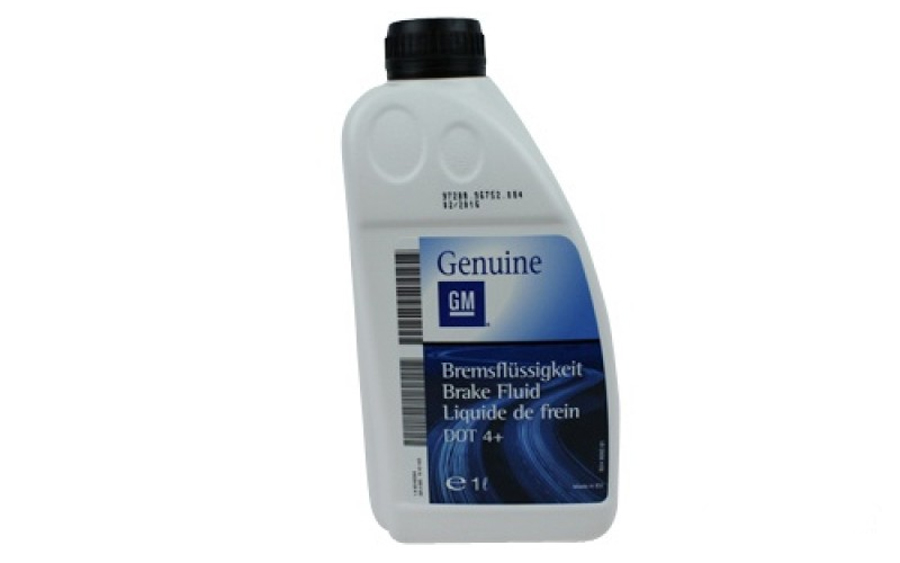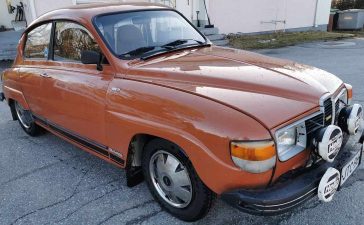Maintaining your Saab in peak condition requires attention to detail, especially when it comes to brake fluids. Understanding the types of brake fluids and their importance can ensure your vehicle operates safely and efficiently. In this article, we delve into the specifics of brake fluids, particularly for Saab models, and why regular changes are crucial.
Table of Contents
Types of Brake Fluids
There are currently four main types of brake fluids: DOT 3, DOT 4, DOT 5, and DOT 5.1. Each type has its unique properties and uses, making it essential to choose the right one for your vehicle.

DOT 3 and DOT 4
These fluids are glycol-based and are commonly used in most vehicles. Saab models such as the Saab 9-3 (2003-2012) and the Saab 9-5 (2010-2011) typically use DOT 4 brake fluid. These fluids are hygroscopic, meaning they absorb moisture from the air, which can lower their boiling point and affect performance. Therefore, regular replacement is essential.
DOT 5
DOT 5 brake fluid is silicone-based and is not compatible with other types of brake fluids. It is mainly used in military and high-performance vehicles due to its non-hygroscopic nature. However, it is not suitable for most Saab models and should not be mixed with DOT 3, DOT 4, or DOT 5.1 fluids.
DOT 5.1
Like DOT 3 and DOT 4, DOT 5.1 is glycol-based but offers higher performance, especially in terms of boiling point. This fluid can be mixed with DOT 3 and DOT 4 but not with DOT 5. It provides better performance under extreme conditions and is a viable upgrade for high-performance applications.
Importance of Regular Brake Fluid Changes
Hygroscopic Nature and Performance
Brake fluids like DOT 3 and DOT 4 absorb moisture over time, which can significantly reduce their boiling point. This can lead to brake fade during heavy braking, compromising your safety. Regularly changing your brake fluid helps maintain optimal performance and safety.
Boiling Point and Safety
The boiling point of brake fluid is a critical factor in maintaining brake performance. As brake fluid absorbs moisture, its boiling point drops, making it more susceptible to vapor lock and brake failure under heavy use. Regular changes ensure the fluid remains effective.
Compatibility and System Integrity
Using the correct brake fluid for your Saab model is crucial. Mixing different types of brake fluids can lead to compatibility issues, affecting the integrity of the braking system. Always refer to your vehicle’s manual and use the recommended type of brake fluid.
How Often Should You Change Your Brake Fluid?
Manufacturer Recommendations
Most manufacturers recommend changing brake fluid every two years, regardless of the type. For Saab vehicles, adhering to this schedule ensures that the fluid remains in good condition, preventing moisture buildup and maintaining performance.
High-Performance Needs
If you drive your Saab in high-performance conditions or frequently engage in heavy braking, you might need to change your brake fluid more often. High-performance brake fluids like DOT 5.1 can offer better performance in these conditions but still require regular maintenance.
Signs You Need a Change
Common signs that your brake fluid needs changing include a spongy brake pedal, reduced braking efficiency, and dark or dirty brake fluid. If you notice any of these signs, it’s time to check and replace your brake fluid.
Quality Matters: Understanding Brake Fluid Performance
The Role of DOT Ratings
The DOT rating of a brake fluid indicates its performance level. As the DOT number increases, so do the performance standards. For example, high-quality DOT 4 fluids can sometimes reach the performance levels of DOT 5.1 fluids. However, a higher DOT number generally means better performance, especially in terms of boiling point and moisture absorption.
Professional Opinions
Experts often view hydraulic fluids, including brake fluids, as similar across different brands due to their comparable base compositions and minimal additive content. However, there are differences between average and premium fluids. Higher-quality brake fluids, although sometimes more expensive, offer better performance and longevity.
Hygroscopic Nature
Brake fluids are highly hygroscopic, meaning they absorb moisture from the air. This characteristic leads to gradual degradation, as the absorbed moisture lowers the fluid’s boiling point. Typically, brake fluids accumulate 1-4% moisture annually, reaching a maximum of around 5% over 2-3 years.
Boiling Point Variations
The boiling point of brake fluid is a crucial indicator of its quality. Fresh, dry fluid has a significantly higher boiling point than fluid that has absorbed moisture. For instance, the boiling point difference between new fluid and fluid with 3% moisture can be up to 100°C. This highlights the importance of regular fluid changes to maintain optimal braking performance.
Practical Tips for Saab Owners
Regular Maintenance
Changing your brake fluid every two years is essential to maintain its effectiveness. Even an average brake fluid will outperform a top-tier fluid if the latter is not changed regularly. For the best performance, some experts recommend changing brake fluid annually, especially if you frequently drive in demanding conditions.
Cost Considerations
While high-performance brake fluids can be enticing, they might not always be necessary for every vehicle. For most Saab models, sticking to the manufacturer’s recommended fluid type is sufficient. However, using a higher DOT-rated fluid can be beneficial if you require enhanced performance.
Handling and Safety
Brake fluids are aggressive towards painted surfaces due to their polar nature and high pH levels. If brake fluid spills onto your vehicle’s paint, clean it immediately with a cloth to minimize damage. Additionally, if your Saab has ABS, it’s advisable to have a professional handle brake fluid changes to ensure proper system maintenance.
Compatibility
Avoid mixing different types of brake fluids, especially glycol-based fluids with silicone-based DOT 5. While DOT 3, DOT 4, and DOT 5.1 fluids are generally compatible, mixing them can still affect performance. Always use the same type of fluid recommended for your vehicle.
Conclusion
Maintaining the brake fluid in your Saab is a critical aspect of vehicle maintenance. Understanding the different types of brake fluids and their specific uses helps you make informed decisions. Regular brake fluid changes ensure optimal performance and safety, keeping your Saab running smoothly. Whether you’re using DOT 3, DOT 4, or considering an upgrade to DOT 5.1, adhering to a regular maintenance schedule is key to the longevity and reliability of your braking system.











